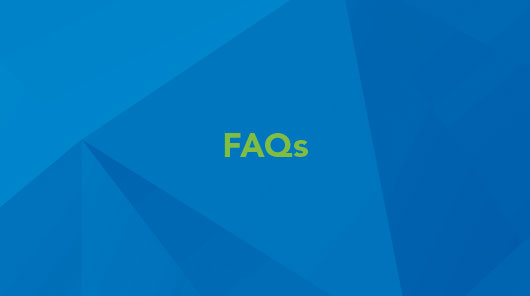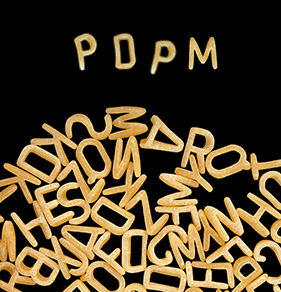February 27, 2019
PDPM is the SNF Patient Driven Payment Model that will be effective Oct. 1, 2019. Notice that the first P in PDPM stands for the patient. This new system focuses heavily on patient characteristics, rather than on the volume of services delivered. According to CMS, “[b]y addressing each individual patient’s unique needs independently, PDPM improves payment accuracy and encourages a more patient-driven care model.”
SNF providers will continue to complete the Minimum Data Set (MDS) Resident Assessment Instrument to classify patients into payment categories under PDPM. PDPM, with its focus on the patient, includes a number of different changes to the MDS assessment and processes as compared to the current RUG-IV model. PDPM also incorporates information from many more items from the MDS to classify patients and thus, to determine reimbursement.
These changes to the MDS were needed to capture more patient information. Some of the patient characteristics that will be captured on the new MDS include:
- Section I: SNF Primary Diagnosis – Providers will be required to enter an ICD-10 code to a new item on the MDS, item I0020B. This ICD-10-CM code will explain the main reason this person is being admitted to the SNF and will be used to classify the patient into a PDPM clinical category for physical therapy and occupational therapy
- Section J: Patient Surgical History – New items J2100 – J5000 will capture any major surgical procedures that occurred during the inpatient hospital stay that immediately preceded the SNF admission. These items will be used, along with the SNF Primary Diagnosis, to classify patients into the PT and OT case-mix classifications groups for PDPM
- Section O: Discharge Therapy Items – Using a lookback period of the entire PPS stay, providers will report the total amount of therapy minutes delivered, broken down by therapy mode (individual, concurrent and group) and by therapy discipline (PT, OT and SLP). The minutes do not influence reimbursement, but CMS is requiring providers to report delivered minutes and will be monitoring for provider practice changes.
- Section GG: Interim Performance – Section GG of the MDS will be used as the basis for patient functional assessments. On the new Interim Payment Assessment (IPA), there will be a Section GG column to capture the interim performance of the patient
It’s not only these new MDS items that are changing. Currently, under RUGS IV, there are approximately 33 items on the MDS that potentially have some impact on your payment. However, under PDPM, there will be well over 100 items on the MDS that will potentially have some impact on your payment. It’s not only the new items that may impact payment, but current MDS items which may have never impacted payment in the past, may now potentially impact your reimbursement.
Some of the other patient characteristics that may have a potential impact on payment include (not an all-inclusive listing):
- Certain clinical conditions
- Functional performance as captured from Section GG
- Cognitive function as captured with the new PDPM Cognitive Score Classification Methodology
- Presence of depression
- Presence of an SLP related comorbidity
- Presence of a swallowing disorder or a mechanically-altered diet
- Special conditions and services that make up the Non-Therapy Ancillary (NTA) component
MDS accuracy in capturing each individual patient’s unique needs and characteristics will be necessary to ensure appropriate reimbursement. And it will be important to track your patient’s needs and characteristics not only at the initiation of care, but throughout the episode of care.
PDPM uses the 5-Day MDS assessment to classify patients into their payment groups for the entire stay unless there is a change in patient status. To allow patient changes to be captured, a new IPA assessment will be implemented. This optional assessment may be used when the patient’s clinical condition has changed in some way. So, it will be important to have systems that track each patient’s needs and characteristics throughout their SNF Part A stay to determine if an IPA may be warranted.








